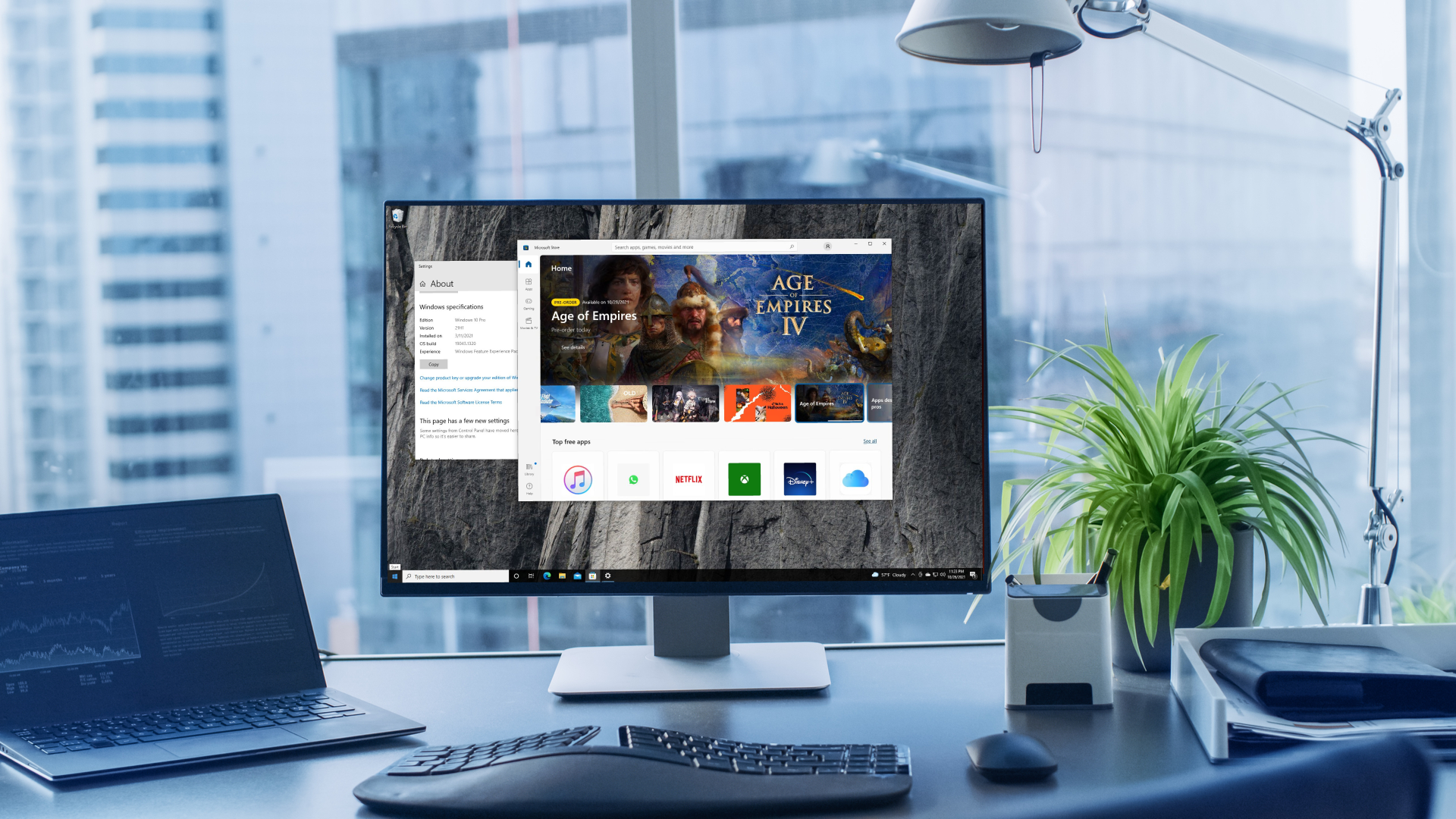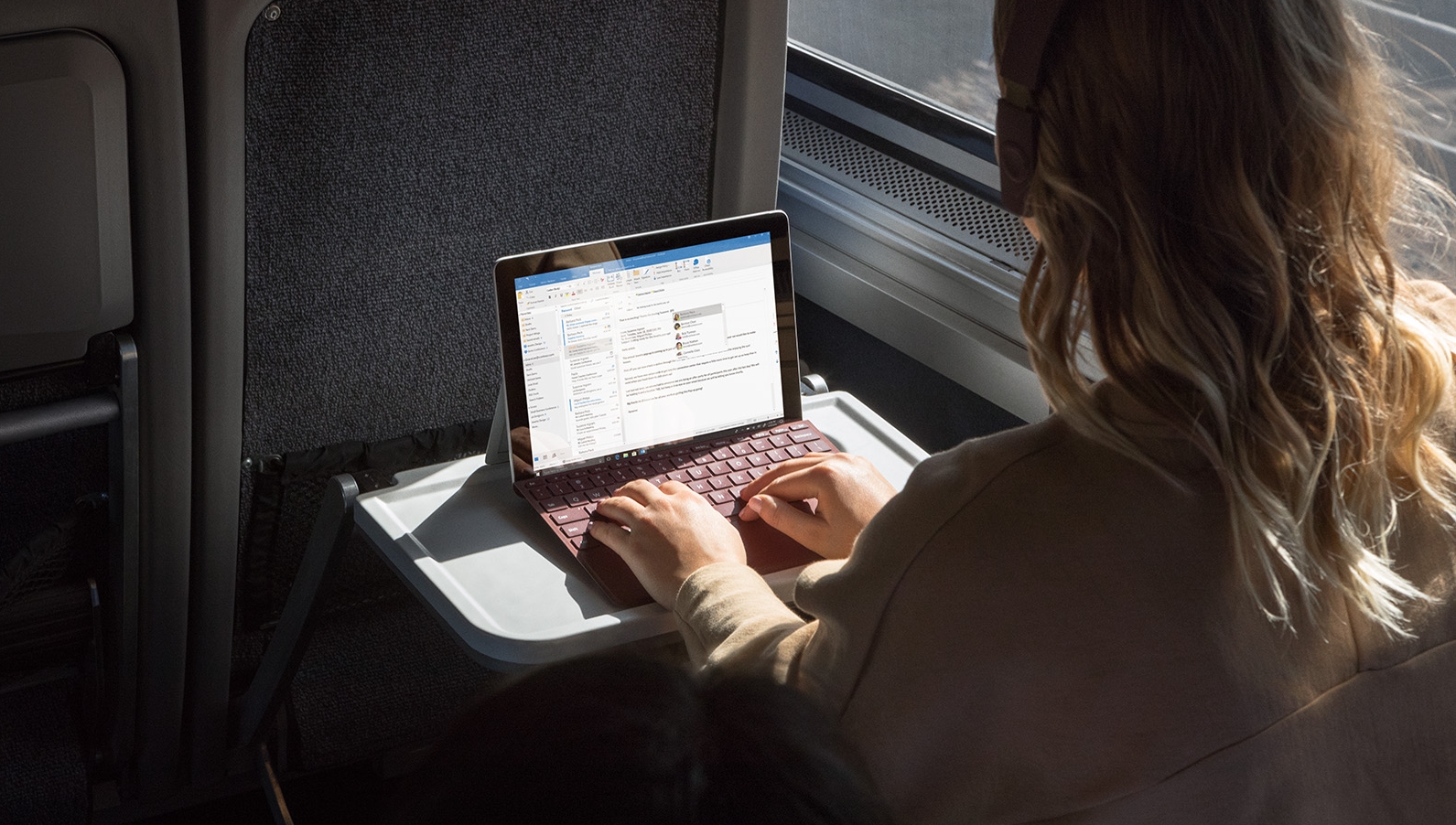Hate Windows 11 and don't want to upgrade? You can now extend the life of Windows 10 until October 2026 – here's how
Free updates for another year with Microsoft's ESU scheme

- Windows 10's scheme for extended updates is now open
- You can sign up using your Microsoft account and get free updates (if you sync your PC settings to OneDrive)
- The enrollment wizard to access the scheme seems to still be rolling out, but you should see it very soon
Windows 10 users can now sign up for extended updates, meaning security patches that are delivered past the end-of-support deadline to keep the PC safe.
As you're doubtless aware, it isn't long before Windows 10's End of Life arrives, when Microsoft officially stops supplying security updates (or feature updates for that matter). This happens on October 14, 2025, and after that date a PC without updates will potentially be open to exploits.
The Extended Security Updates (ESU) program allows for Windows 10 users to sign up for another year of updates, all the way through to October 2026, and enrollment for that scheme has now opened to consumers.
In a blog post (mostly pertaining to the most recent update for Windows 11, and the heap of new AI features therein), Microsoft explains that: "Starting today, individuals will begin to see an enrollment wizard through notifications and in Settings, making it simple to select the best option for you and enroll in ESU directly from your personal Windows 10 PC."

How to enroll for the Extended Security Updates program
At this point you might be scratching your head and asking: so where is this enrollment wizard?
As Microsoft observes above, you may see a notification pop up in Windows 10 offering a link to sign up for the ESU scheme – and obviously you can use that if you see it. Otherwise, you can head to Windows Update (in Settings), where you should find a link to the same end, though you may have to bide your time.
In the Windows Update panel, you may see a link to 'enroll now' for Extended Security Updates either under where you check for updates (at the top), or with the links over on the right-hand side. I can't see this on my Windows 10 PC yet, but this YouTube video (from ThioJoe) shows where the links should be visible.
Sign up for breaking news, reviews, opinion, top tech deals, and more.
The reason why I can't see this is presumably because the rollout hasn't fully kicked off yet. As Microsoft says in the blog post, consumers will "begin to see" the enrollment wizard, meaning the rollout hasn't reached everyone yet. You may not see it either, and it's just a case of being patient – nobody should have long to wait at this point.
Whatever the case, when you click to enroll, if you're not signed in to a Microsoft account, you must do so. This is because you'll need to register for the scheme, and also if you want to get the year of extra updates for free you'll need to be signed in to verify that you have synced your PC settings using the Windows Backup app.
That's the alternative way to enroll for the ESU, as opposed to paying a $30 fee (or using Microsoft Rewards points, which is a third option). Note that you don't have to use Windows Backup to actually make a full backup of your system to get free updates, you just need to sync your PC settings to OneDrive using this app, which seems a relatively small price to pay (compared to $30, certainly).
Those who've already synced settings in this way will be able to click straight through and get the ESU offer for free with no fuss.
According to YouTuber ThioJoe, it is possible to sign in to a Microsoft account to get the ESU on your PC, then switch away to a local account afterwards – and you'll still receive the additional updates throughout 2026 on that computer. Just in case you were curious about that tactic, it works – or so we're told, anyway.
You might also like...
- Microsoft promises to crack one of the biggest problems with Windows 11: slow performance
- Windows 11's handheld mode spotted in testing, and I'm seriously excited for Microsoft's big bet on small-screen gaming
- No, Windows 11 PCs aren't 'up to 2.3x faster' than Windows 10 devices, as Microsoft suggests – here's why that's an outlandish claim
Darren is a freelancer writing news and features for TechRadar (and occasionally T3) across a broad range of computing topics including CPUs, GPUs, various other hardware, VPNs, antivirus and more. He has written about tech for the best part of three decades, and writes books in his spare time (his debut novel - 'I Know What You Did Last Supper' - was published by Hachette UK in 2013).
You must confirm your public display name before commenting
Please logout and then login again, you will then be prompted to enter your display name.